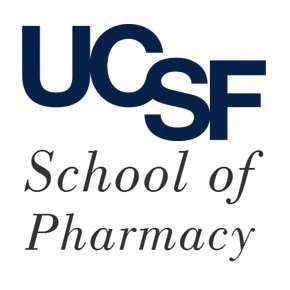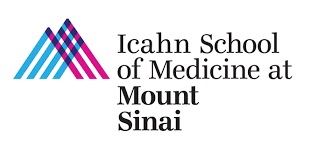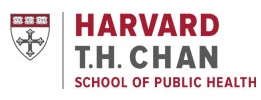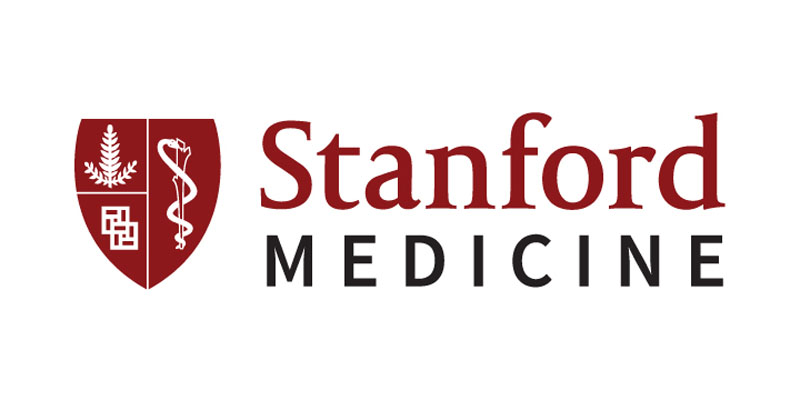Submitted by ja607 on
| Title | Improved methods for multi-trait fine mapping of pleiotropic risk loci. |
| Publication Type | Journal Article |
| Year of Publication | 2017 |
| Authors | Kichaev, G, Roytman, M, Johnson, R, Eskin, E, Lindström, S, Kraft, P, Pasaniuc, B |
| Journal | Bioinformatics |
| Volume | 33 |
| Issue | 2 |
| Pagination | 248-255 |
| Date Published | 2017 Jan 15 |
| ISSN | 1367-4811 |
| Keywords | Chromosome Mapping, Genetic Diseases, Inborn, Genetic Loci, Genetic Pleiotropy, Genome-Wide Association Study, Genomics, Humans, Linkage Disequilibrium, Lipid Metabolism, Models, Genetic, Polymorphism, Single Nucleotide, Software |
| Abstract | MOTIVATION: Genome-wide association studies (GWAS) have identified thousands of regions in the genome that contain genetic variants that increase risk for complex traits and diseases. However, the variants uncovered in GWAS are typically not biologically causal, but rather, correlated to the true causal variant through linkage disequilibrium (LD). To discern the true causal variant(s), a variety of statistical fine-mapping methods have been proposed to prioritize variants for functional validation. RESULTS: In this work we introduce a new approach, fastPAINTOR, that leverages evidence across correlated traits, as well as functional annotation data, to improve fine-mapping accuracy at pleiotropic risk loci. To improve computational efficiency, we describe an new importance sampling scheme to perform model inference. First, we demonstrate in simulations that by leveraging functional annotation data, fastPAINTOR increases fine-mapping resolution relative to existing methods. Next, we show that jointly modeling pleiotropic risk regions improves fine-mapping resolution compared to standard single trait and pleiotropic fine mapping strategies. We report a reduction in the number of SNPs required for follow-up in order to capture 90% of the causal variants from 23 SNPs per locus using a single trait to 12 SNPs when fine-mapping two traits simultaneously. Finally, we analyze summary association data from a large-scale GWAS of lipids and show that these improvements are largely sustained in real data. AVAILABILITY AND IMPLEMENTATION: The fastPAINTOR framework is implemented in the PAINTOR v3.0 package which is publicly available to the research community http://bogdan.bioinformatics.ucla.edu/software/paintor CONTACT: gkichaev@ucla.eduSupplementary information: Supplementary data are available at Bioinformatics online. |
| DOI | 10.1093/bioinformatics/btw615 |
| Alternate Journal | Bioinformatics |
| PubMed ID | 27663501 |
| PubMed Central ID | PMC5254076 |
| Grant List | R35 CA197449 / CA / NCI NIH HHS / United States U01 CA194393 / CA / NCI NIH HHS / United States R01 GM053275 / GM / NIGMS NIH HHS / United States R21 CA182821 / CA / NCI NIH HHS / United States U01 HG009088 / HG / NHGRI NIH HHS / United States T32 CA201160 / CA / NCI NIH HHS / United States |





